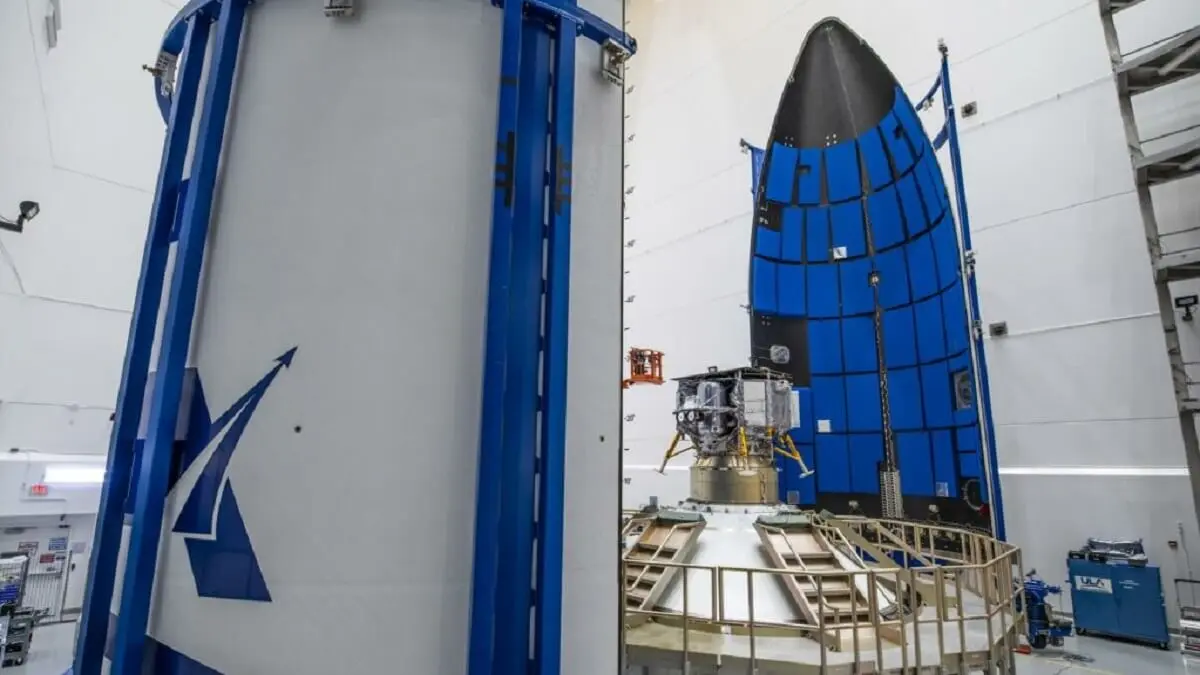Unbelievable! You can't get to the Moon

India, China, Russia, Saudi Arabia, Qatar, the European Union (EU), even Brazil and, of course, the United States want to reach the Moon in a mission that is turning out to be more complex than the space engineers and scientists themselves imagined.
The crux of the matter is that not even all of today's technology makes it possible for humans to return to the Moon, and I do not want to sow any "conspiracy" theories, or cast doubt on the arrival of humans to the Earth's natural satellite as shown on television, in black and white, when on 20 July 1969, Apollo 11 landed on the moon and then the Americans Armstrong and Aldrin took their little steps on the surface and placed an American flag on the moon.
It was the space race between the Americans and the Soviets. There was a rush to see who could accomplish such a feat first, to make it very clear on whose side the power lay. For they were not only the victors of the Second World War, but also the new masters of the Earth.
NASA's engineers failed to calculate the orbit and the ignition system of the rockets they launched, which did not stop exploding as soon as they got a little higher in the sky. The Soviets had a clearer idea, and so it was that the Sputnik I spacecraft was the first to complete an Earth orbit in 1957 and Sputnik 2 sent the dog Laika into space.
And then, on 12 April 1961, the Soviets sent Yuri Gagarin into outer space and on 16 June 1963 Valentina Tereshkova and even attempted to land several space modules on the Moon long before the Americans did. However, for Soviet self-esteem, Armstrong and Aldrin's televised walk was a slap in the face to further inflame the Cold War.
The curious thing is that after twelve astronauts, according to the US space programme, walked on the surface of the Moon, the last ones with Apollo 17 on its 11-14 December 1972 journey, no one else went back... or tried to. Why was the Moon left alone for so many decades, and why did the Soviet Union not follow through with its intentions to put astronauts on the Moon?
It is true that the missions to the Moon were not exactly cheap, but we are talking about a country with a significant military expenditure that could well have devoted more expenditure and funding to not allowing itself to be intimidated by the United States and put its feet on the ground as well.
I find it a mystery. And as disturbing as it is to be in the 21st century with immense technological advances in communications and with many satellites launched that are orbiting our atmosphere and to see how very, very complicated it is to return to the moon. How is it that with greater limitations and fewer advances NASA managed to do it?
On the subject
It is not only state agencies that are involved in the new space race to the Moon and Mars. Arch billionaires like Elon Musk, who burns millions of dollars every time one of his star rockets crashes, are also involved.
Some of these Midas kings want to colonise the Moon and even exploit space tourism for other eccentric billionaires, like them, who want to satisfy their curiosity. Reaching the moon is a new business.
For scientists, it is more of an option for the survival of the human race, in case things continue to get too bad for earthlings, there is always the moon or perhaps Mars. But such an option still seems a long way off.
Now NASA has cancelled its new attempt to reach the Moon, postponing it for another year, after the fiasco with the Peregrine lunar lander, which was intended to deliver scientific equipment to the Gruithuisen Domes lunar region.
It carried mostly instruments designed to take readings that could minimise risks and lay some of the groundwork for NASA's Artemis programme, which hopes to enable a sustained human presence on the Moon.
A mission equipped with several pieces of equipment from the Mexican and German space agencies and gadgets from various UK universities, companies and researchers.
What went wrong? Peregrine successfully lifted off on a Vulcan Centaur rocket, a new type of methane-fuelled rocket, from the Cape Canaveral space station in Florida on 8 January, but a fuel leak has left it unable to complete its mission.
Peregrine was scheduled to land on the moon on 23 February, and even if it got there, the 1.2 metric tonne spacecraft needed to reorient its engine to fire controlled bursts during its descent. Now it seems doomed to become a space sarcophagus filled with capsules containing DNA samples from writers, celebrities and even former President John F. Kennedy. All this on payment of the interested relatives... and it's been three attempts and not even all the technology has succeeded in making their landing on the moon a reality. How did they do it then in 1969?



